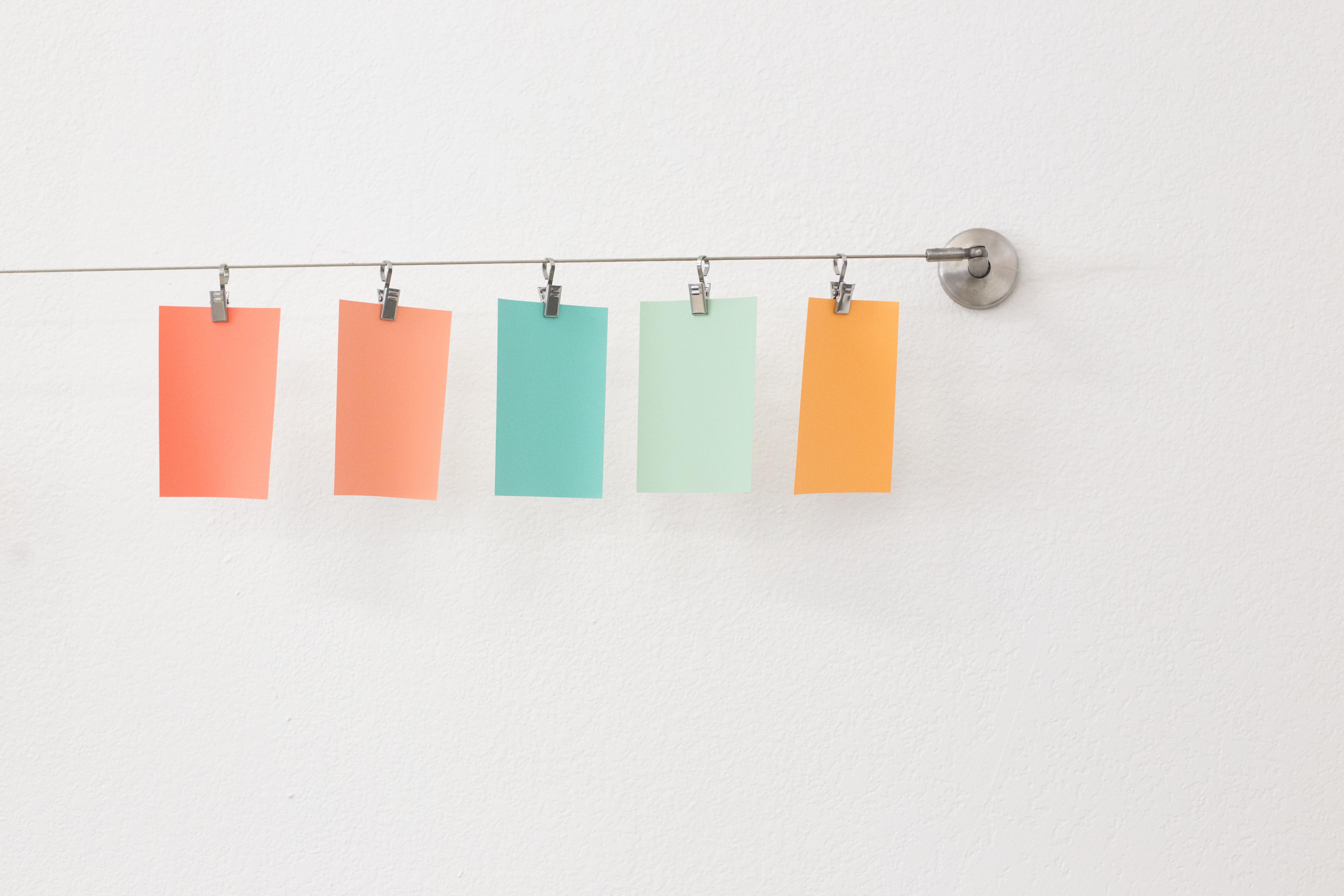
Throwback Thursday: Six Steps to Getting The Best Price Possible For Your New Car
The thought of buying a car; isn’t it both really exciting and really dreadful all at the same time? The end result is always the exciting part, but the thought of dealing with everything before you get to take one home as your own is like thinking about taking a walk around the continent. Many books targeted to consumers have been written about the best way to handle a car purchase, and that alone depicts just how complicated the process can be.
If you are heading to a dealership to buy the car you want outright, you simply offer to pay $100 over invoice, and keep offering until you find the dealership who agrees without trying to sell you anything else.
But for all the other times we will have to finance a car, I’ve compiled a list to help you leave a dealership with your best interest still intact, and hopefully a car too. It does involve a lot of work and mathematics on your part if you are interested in getting the car you want for the best value; the biggest mistake a car buyer can make is buying something too quickly. Financing a car is a dubious process for the vast majority of consumers, and for something that will cost so much, you owe it to yourself to not walk into a dealership without arming yourself with your own personal financial statement so that you’re not negotiated into something you don’t want and/or can’t afford.
1. First, you MUST determine your budget: your income and outgoing. Figure out the KIND of car you want (truck, economy, mid-size, SUV, etc.) and then make a list of the cars you like the most from the category you’re interested in buying from.
Then, determine how much you want to spend per month for at least the next 36 months. Or 48 months, 60 months, or even 72 months in some cases. The longer you finance the car for the lower the payment will be, but the longer you will be committed to paying on it and the more interest you may pay.
2. Now it is time to seek financing approval for that payment, but do not disclose what this payment is. Start with the financial institution where you have your checking account; many credit unions offer discounts on interest or other freebies if you finance with them, or set the payments up on automatic monthly drafts from your account.
For each financiers, take your same piece of paper and write down the payment you want, the terms: number of years (or months), their interest rate, and the monthly payment.
If you have a trade, determine how much it is worth with Kelley Blue Book and NADA. Do not worry about how much you owe; that payoff amount can be factored into that payment you came up with in step one.
3. Take the dollar figures provided by the financiers to get to that step one payment. That is the dollar figure you need to get to after taxes, trade, fees, and any warranty you may or may not want must be.
4. The final amount you want to get to is called the “drive-out price”, or cash price, after ALL is determined; payment toward the car, warranties, trade, taxes, what you owe on the trade. Get that drive-out price, then leave.
Take it to the next dealer, have him beat it and when you do (if you ever do), then leave again. Then repeat, repeat, repeat. Find a bottom dollar price from at least three dealers.
Remember, you are interested in the drive-out price. Nothing else.
While doing this, compare cars that cost the same and equipped the same. All you want is the lowest drive-out price you can get — that’s all. Not payment, price rate, or term, which is what they will try to use.
5. Next, take those drive-out prices to the Internet. Head to your search engine of choice and type in “simple loan calculator” in the search bar. In the calculator, enter the drive-out prices, months or years you want to pay and the interest rates you qualify for. It will give you a payment. If it is not the one you want, negotiate more, go to more dealerships, or pick a cheaper car.
6. Compare rates and terms to yours. The dealerships need to beat it; if they equal it, don’t sign with them. Go with YOUR financing.
I know it’s a daunting process, but take your time, do your research, go by YOUR numbers, shop around and if ever in doubt, LEAVE. They will call you with a better deal, or even chase you out the door with one. Dealerships make money even when they lose money to you. Don’t feel sorry for them and know more than them; they will tell what you want to hear if you are not prepared. Don’t let them rewrite your budget for you!
You can find even more information on financing a vehicle on the Fort Worth Community Credit Union Auto Buying Center .


